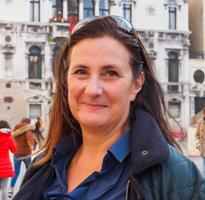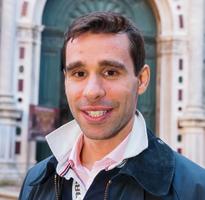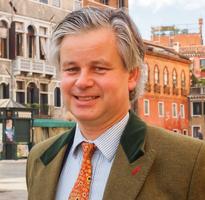Having visited the southern half of Croatia last year, I was looking forward to exploring Istria this year. It is very different and once you leave the coastline it almost feels like you are in Tuscany. When driving down from Slovenia, our first point of call was actually the hilly interior. This is punctuated by vineyards and olive groves with hilltop villages. The most famous of these are Motovun and Groznjan. Groznjan was my favourite of the two because it was slightly less touristic. It is located about 45 minutes from both Portoroz in Slovenia and Porec. It was a small medieval, hilltop village that was taken over by artists and now there are galleries throughout and spectacular views. This will give you a completely different view to the coastline and many of the dishes will be served with truffles which can be found in the woods. The Istrian coastline is dominated by the three main towns of Porec, Rovinj and Pula. As the region is so small, you can easily use one of them as a base to explore the others. Each one has something to offer whether it is the magnificent Roman amphitheatre in Pula which rivals the colosseum or the Episcopal Complex of the Basilica in Porec. However, my favourite of the towns itself was Rovinj. The old town is built on a small island made up of pastel coloured Venetian houses. There is a real colony of artists and it is a delight to wander the back streets past galleries and ateliers. The Civic Museum of Rovinj had an interesting Miró exhibition on when we were there. The hotel Villa Tuttorotto is a very quirky hotel. It feels like stepping back in time and the former private house is adorned with antiques and personal artefacts. It is right in the heart of the old town which is almost completely closed off to traffic so a good option for people looking for something with character for their short break. The other option is the Monte Mulini which is a very well thought-out resort about 20 minutes' walk from the centre. This works better for people longer for a longer break but still want a town within walking distance. All rooms are spacious and have a balcony. The only difference in the room types is that you pay more for a higher floor, and hence a better view of the sea. It has a large swimming pool and a lively bar down by the coast where you can swim out from the rocks. This is one of the most popular hotels on the coastline so early booking is essential.'From here we headed slightly inland and further down the coastline to a small hamlet called Bale. After driving down a bumpy gravel road, you reach this charming stone property surrounded by vineyards and olive trees. You feel like you are immediately transported into Tuscany. It was originally the holiday home of a wealthy Croatian lawyer and it has since undergone a tasteful extension over the winter months. They have added a good sized indoor pool as well as an outdoor pool. There are rooms in the main buildings as well as a small villas surrounding it. The property is part of Relais & Chateaux and on visiting the restaurant, you can understand why. This was one of the best meals we tried in the whole of Croatia. The service is excellent and you are made to feel completely at home (although if my home looked like this, my wife would be very happy). I would strongly recommend a stay here for anybody travelling around Istria. You will feel completely revitalised after a couple of days here and ready to tackle the next stop on your journey.'We then moved onto Opatija which is a coastal town located in the Kvarner Gulf. This was very popular with the elite during the Austro-Hungarian Empire as there was a direct train from Vienna to Rijeka just down the coastline. You can see this influence all along the lungomare promenade. It has lost some of sparkle over the years but has still kept a lot of charm. It is an extremely pleasant walk along the coastline from Opatija to the small fishing village of Volosko. This Austro-Hungarian influence also stretched further afield. Many of the wealthiest elite also had their holiday homes on the neighbouring islands of Cres and Losinj famous for their pure air and crystal clear waters. Our last stop was at the Boutique Hotel Alhambra located a short walk from Mali Losinj. This was a real surprise. The hotel itself is located on the small bay of Cikat with its turquoise waters. It is made up of three buildings; the original two Belle Epoque villas and then the more modern addition which links them. Each building has its own style and they are all beautifully appointed. Whichever building you are allocated in, you will not be disappointed. There is a large spa with an indoor heated swimming pool and beach area by the bay where you can swam out from the rocks. This is a real gem and I would highly recommend to anyone looking for a relaxing break away in picturesque surroundings. The town of Mali Losinj has just enough to keep you busy with the excellent museum built solely to house the statue of Apoxyomenos. A whole museum for one statue sounds very strange but it is done extremely well and by the time you arrive in the room alone with the statue you feel like you know his whole story already.'Losinj can be reached in about three to three and a half hours from either Pula airport to Rijeka airport. There is also a ferry link to Zadar so it is a perfect stop off if you are looking to combine the Southern Dalmatian coastline with Istria.
Staff Review
The Istrian Peninsula
Speak to an expert - 020 7593 2288
Our expert reservations team regularly travel to a wide range of destinations to explore new cities, visit hotels and to research museums, galleries and restaurants so that we can offer the most up-to-date advice and recommendations.
Newsletter
Join our mailing list to receive the latest updates and travel inspiration.






























